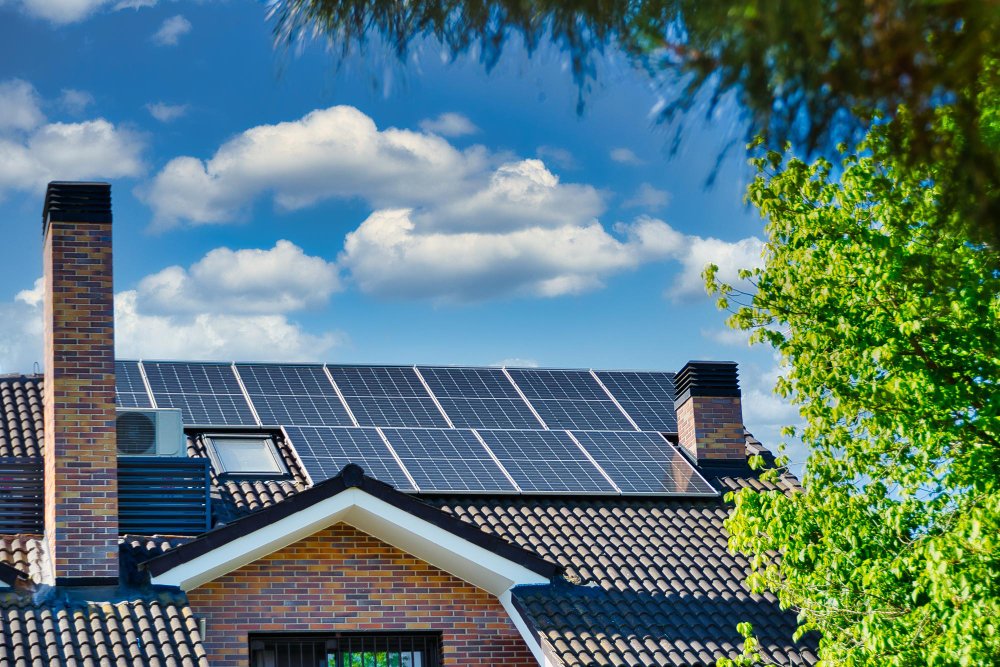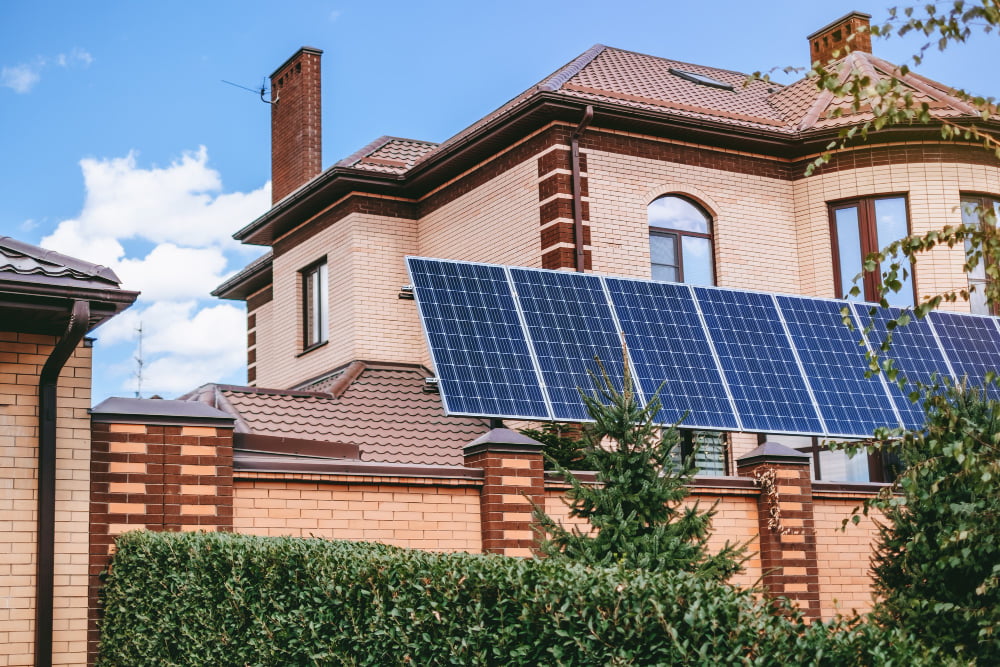Last updated on
Creating a greener home has become a priority for many individuals. One of the most impactful ways to achieve this goal is by incorporating renewable energy solutions into our homes. This comprehensive guide explores various strategies and technologies to help you create a greener home using renewable energy.
Understanding Renewable Energy

Unlike finite resources such as fossil fuels, renewable energy harnesses sun, wind, water, and geothermal heat power. These sources are considered environmentally friendly. You can add solar to enhance your home and reduce your dependence on traditional energy sources. Alternatively, you can also use wind power to harness the energy of the wind, further diversifying your renewable energy portfolio.
Types of Renewable Energy
- Solar Energy: Harnessing sunlight through solar panels to generate electricity and heat water.
- Wind Energy: Capturing the kinetic energy of wind through wind turbines to generate electricity.
- Hydropower: Utilizing the energy of flowing water or tides to generate electricity.
- Geothermal Energy: Tapping into the Earth’s internal heat for heating, cooling, and electricity generation.
- Biomass Energy: Using organic materials such as wood, crop waste, or manure to produce energy.
Understanding these types of renewable energy is crucial for selecting the most suitable options for your home.
- Implementing Solar Power
Solar panels are a popular and accessible renewable energy option for homes. Installation typically involves placing solar panels on the roof or in an open area with maximum sun exposure. When considering solar panel installation, factors such as roof orientation, tilt, and shading must be regarded to optimize energy production. These systems typically consist of solar collectors and a water storage tank.
By utilizing solar energy for water heating, homeowners can significantly reduce their reliance on conventional water heating methods, saving energy and money. Beyond electricity generation, solar power can be harnessed to run various household appliances directly. This includes solar-powered lights, chargers, and even solar-powered cooking devices. Integrating these appliances into your home can further enhance its sustainability.
- Harnessing Wind Energy
While large-scale wind farms are standard, smaller wind turbines designed for residential use are now prevalent. Before installing a wind turbine, assessing the wind speed and direction at your location is essential to ensure optimal performance.
Combining solar and wind energy systems usually creates a more reliable and consistent power supply. Hybrid systems leverage both technologies’ strengths, with solar panels generating electricity during the day and wind turbines producing power when the sun is not shining. This ensures a continuous energy supply, even in varying weather conditions.
- Exploring Geothermal Energy
Geothermal heat pumps use the Earth’s stable temperature to heat extraordinary homes. Tapping into the constant temperature below the Earth’s surface makes these systems highly efficient for space heating, air conditioning, and even water heating.
Installing ground source heat exchangers involves burying pipes filled with a heat transfer fluid. These pipes absorb heat from the Earth during the winter and dissipate excess heat during the summer. Ground source heat exchangers are critical to geothermal heating and cooling systems.
- Enhancing Energy Efficiency
Before incorporating renewable energy sources, it’s crucial to prioritize energy efficiency in your home. This includes proper insulation, energy-efficient windows, and smart home technologies that optimize energy use.
An energy-efficient home reduces the overall energy demand, making renewable sources more effective. Smart thermostats allow homeowners to regulate heating and cooling systems more efficiently. These devices learn user preferences, adapt to schedules, and can be controlled remotely.
Home automation further enhances energy efficiency by optimizing lighting, appliances, and other systems based on occupancy and usage patterns. Conducting an energy audit is valuable in understanding how your home consumes energy.
Professional energy auditors can assess your home’s energy efficiency and recommend improvements. Identifying and addressing energy inefficiencies enhances the effectiveness of renewable energy solutions.
Financing Your Green Home

Many governments offer incentives, tax credits, and rebates to encourage the adoption of renewable energy technologies. Plus, there are plenty of free tax tools that can help you make sense of any tax incentives you may qualify for. Research available programs in your region to take advantage of financial support for solar panels, wind turbines, and other green initiatives.
Various financing options can make renewable energy solutions more accessible. These may include loans, grants, or energy performance contracts. Explore the financing options available in your area and choose the one that best fits your financial situation.
Creating a greener home with renewable energy is a multifaceted journey that involves careful planning, technological integration, and a commitment to sustainability. Whether you opt for solar power, wind energy, hydropower, geothermal solutions, or biomass systems, the key is to tailor your approach to your home’s specific needs and local conditions.
You can embark on a transformative journey towards a more sustainable and environmentally friendly home by understanding the various renewable energy options, embracing energy-efficient practices, and exploring available financing and incentives. Taking these steps benefits the planet and contributes to long-term energy savings and a healthier, greener future for generations to come.
Recap:



